Western Scrub-Jay (Aphelocoma californica) photo by Larry Jordan
TheWestern Scrub-Jay(Aphelocoma californica) is a non-migratory bird belonging to the more than 120 species of Corvids, considered the mostintelligent of all birds. Click on photos for full sized images.
They inhabit scrub and dry woodlands of predominately oak and piñion pine but also suburban habitats in western North America.
Every year, during the summer months, adultWestern Scrub-Jays bring their molting juveniles to the yard and pond to teach their young how to best take advantage of the easy life on the Jordan property.
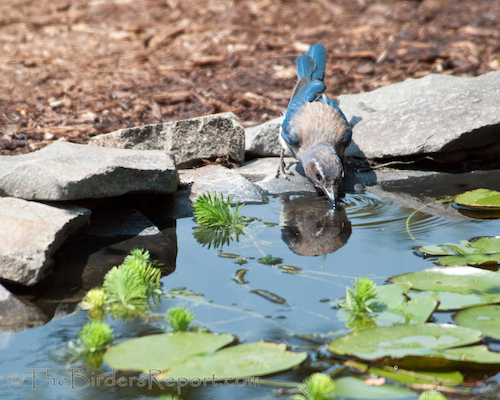
Scrub-Jays are omnivorous and opportunistic feeders. They eat predominately arthropods and fruit in spring and summer and seeds of masting trees, especially oaks and pines, in autumn and winter1. They are known for storing food items for later consumption. Of course where bird feeders are available with sunflower seeds, they stock up when the can.

They do a pretty good job on suet also, no matter what type of feeder you place it in. This adult jay is doing a great job of imitating a clinging bird!
In the fall, when acorns from the oak trees are ripe, Western Scrub-Jays carefully select the optimal seed for storage and carry them off to different locations to feed on later in the year. They are usually stored on the ground, driven into the soil with their bill. A leaf, small rock, or other object is often placed over the site1.
According to the literature, 5,000 acorns may be cached per individual in one autumn. In California, acorns are stored principally September through February and recovered from January to May, peaking in February and March.
These birds are so interesting, I almost forgot that I was bringing you the antics of the juvenile Western Scrub-Jays coming to the pond to drink and bathe.
Note the head and neck is a dull grayish-brown, unlike the adult’s bright blue crown and nape seen in the photos above. You will also notice the fleshy color at the point where the mandibles come together (commissural point) at the base of the bill indicating that this is a juvenile.
They are fun to watch and even though they come into the pond and feeding station screaming, they get along with most of the other birds in the yard. Here is a video I shot at the water feature which ends in a juvenileWestern Scrub-Jay taking a bath.
For more great bird photo fun, check out Anni’s Bird D’pot and Stewart’s Wild Bird Wednesday!
References: 1Birds of North America Online
Larry Jordan
Larry Jordan is an avid birder and amateur photographer living on the Pacific Flyway near the Central Valley of Northern California. He is a board member of his local Audubon Society and is a bird and wildlife conservationist. Larry contributes to several wildlife conservation organizations and is a BirdLife International "Species Champion." He is also Habitat Manager for the Burrowing Owl Conservation Network, an organization dedicated to the protection and restoration of the Western Burrowing Owl population in the United States. Larry has been blogging about birds since September of 2007 at TheBirdersReport.com
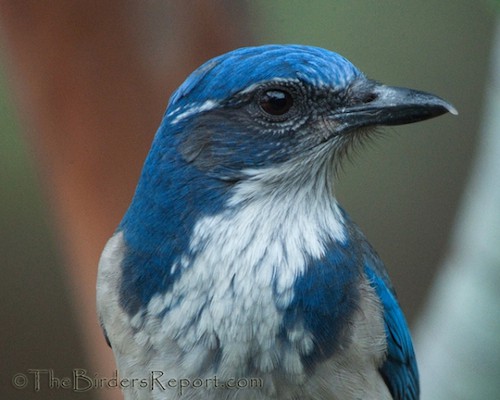

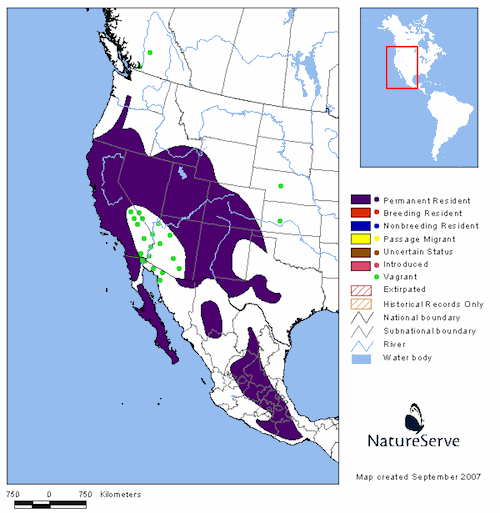




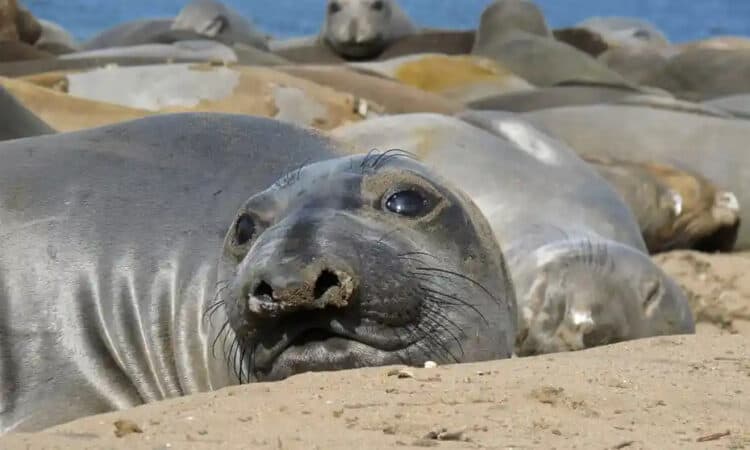
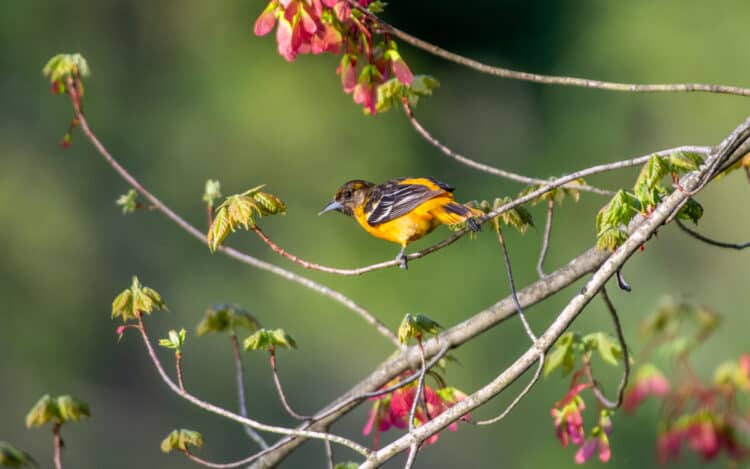
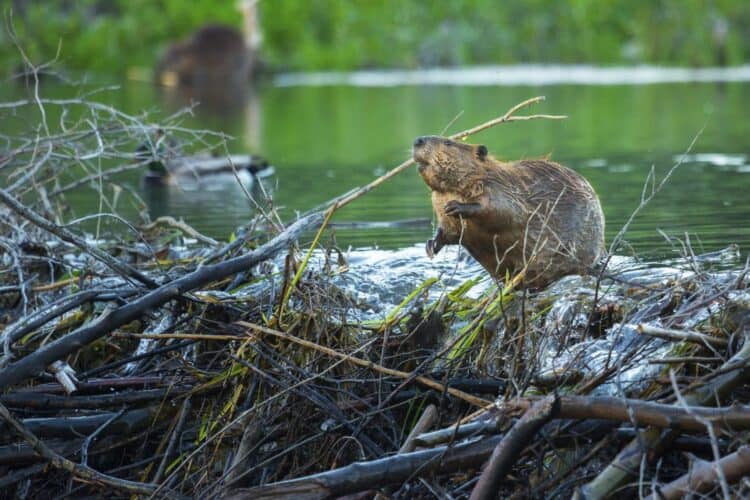
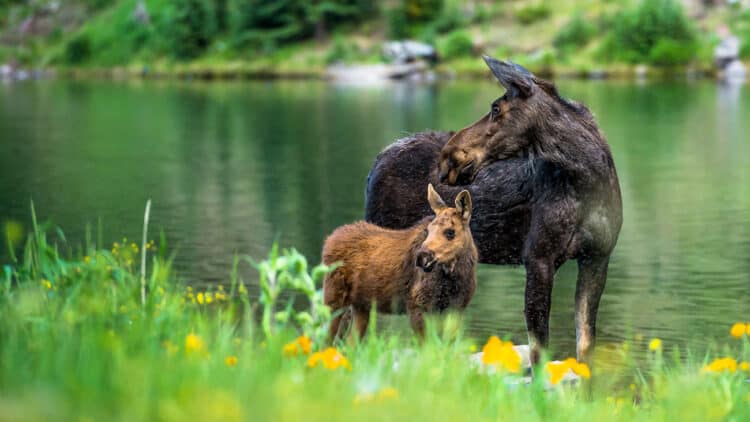

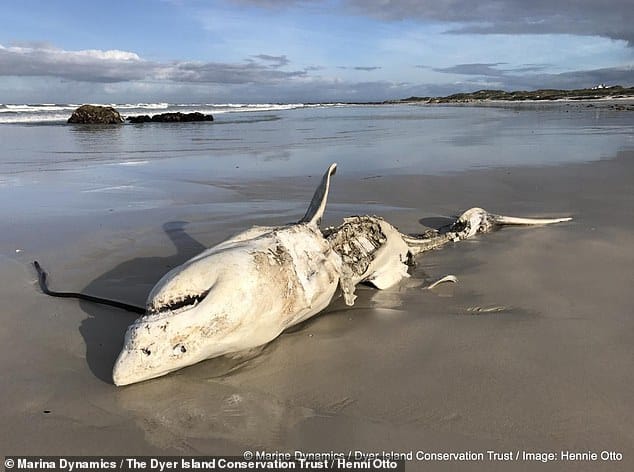
Leave a Reply